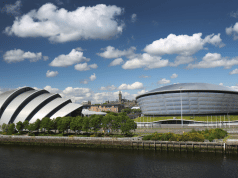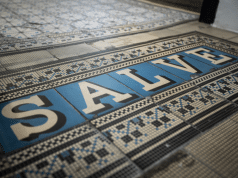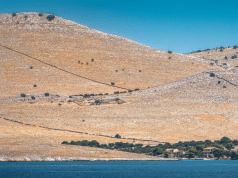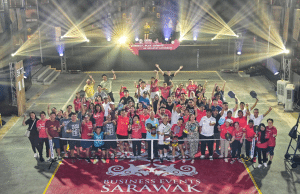“Copenhagen persists in its bid to become the world’s first carbon-neutral capital by 2025”
Q: You have set very ambitious Sustainable Development Goals (SDGs) that go beyond the traditional sustainable paradigm. How have the goals been accepted by key partners of the destination?
A good indication of how high sustainable solutions are weighted amongst our partners, is a recent survey conducted by us (i.e., the Copenhagen CVB in Spring 2021) amongst the members of our Meetingplace Wonderful Copenhagen network. Here, the question about whether sustainability should (continue to) play a key role in our destination’s forward-looking strategy scored 4.6 points (w. 5 being the max. score) by the respondents. The score was particularly high amongst the network’s hotels and venues.
Quite a few of our partners are also actively engaged in various sustainability matters at very ambitious levels in their own right. Overall, 91 per cent of the city’s venues have a 3rd party eco-certification, whilst more than 70 per cent of Copenhagen’s hotels are eco-certified. Of course, that is just one element of a larger sustainability agenda.
Q: Your goals are very inclusive and include a strong partnership with the local environment and community. How will this be achieved in practice?
Copenhagen has a long-standing tradition of pursuing green solutions and earth harmony living. As the city persists in its bid to become the world’s first carbon-neutral capital by 2025, continuing sustainable solutions are reflected in all parts of society, and the UN’s Sustainable Development Goals are readily backed.
Today, the city often outclasses other capital cities in sustainable development initiatives. It puts substantial emphasis on energy consumption and energy production as well as on green mobility and city administration initiatives. It stresses the importance of innovative public-private partnerships and future-proof urban planning and architectural design – all with the same overall goal in mind: a move towards a future green growth economy with safe, healthy, and liveable places and spaces for the Copenhageners – and its many guests – to live and thrive in.
Copenhagen’s use of technological innovation has also helped put it well on the path to achieve its carbon neutrality goal and to boost the circular way in which it uses, for instance, its energy and water resources or handles waste. Sustainable solutions have been developed in and for the city, many of which can be seen everywhere in the cityscape. From busy offshore wind turbines in the Øresund Strait to electric busses, city cycling traffic lights (with digital countdowns and footrests for cyclists at junctions) and event its celebrated local gastro scene riding the green wave, this city is packed with green solutions. These again affect, inspire, and interrelate with local partner initiatives in our industry and altogether help create positive impacts on a local and global scale – like ripples in the water.
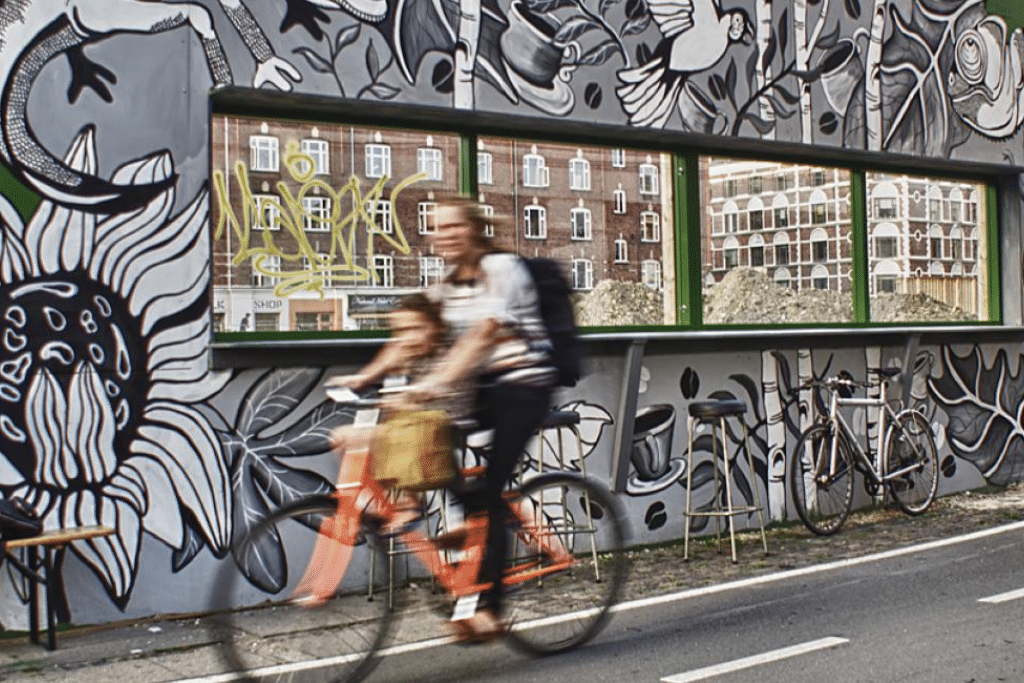
Q: The Copenhagen Congress Compass is undoubtedly a breakthrough innovation. Have you tried it in practice, and what has your experience been so far?
The Copenhagen Congress Compass is a great supplementary dialogue tool or facilitation game (a set of cards) developed by us to help start a conversation about how to best implement the United Nations’ Sustainable Development Goals in events. This kind of navigation tool aims at making it even easier for hosts and associations to organise sustainable events in our city. Furthermore, it is a great supplement to the Copenhagen Sustainability Guide.
We are still collecting data on the use of this tool, which has been developed in cooperation with both partners, consultants, and stakeholders and launched in early 2020, and so far, the congresses involved in testing the compass have come up with very positive feedback.
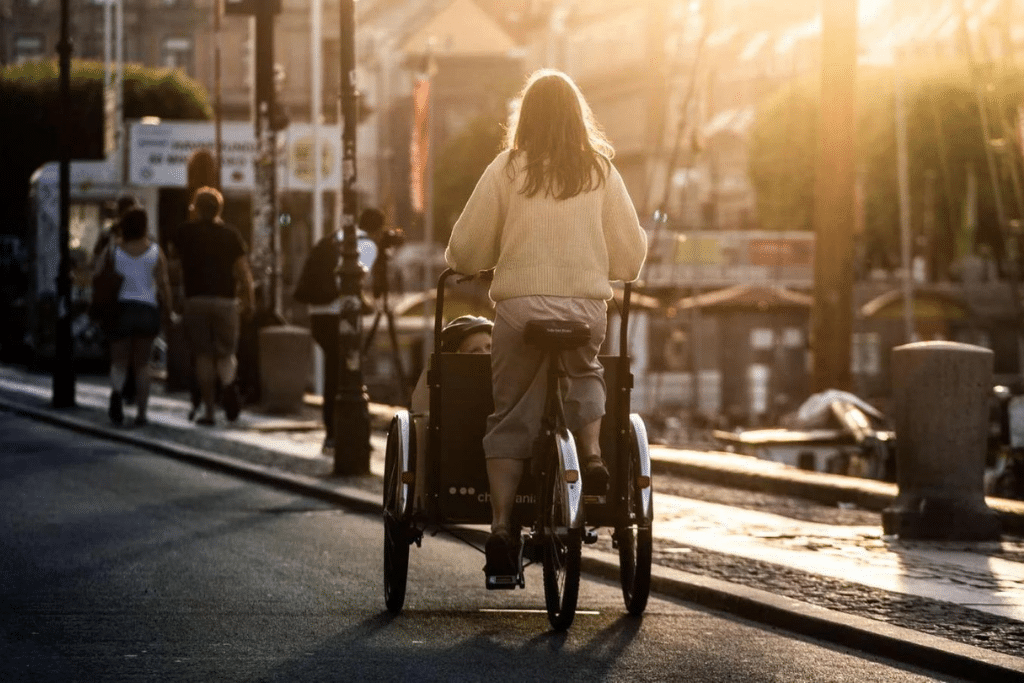
Q: It is extremely positive to allow event organisers the possibility to express their sustainability ambitions (high, medium, modest) in various fields. How will you encourage international organisers to strive for high sustainability ambitions?
Naturally, we wish to bring the international organisers attention to our strong ambition as a destination and our strategic and operational sustainability tool – the Copenhagen Sustainability guide. It is our sincere belief that next-generation delegates will have a much stronger focus on sustainability matters and high expectations for legacy work. As a sustainability frontrunner, Copenhagen can help with not only the ‘why’ but also the “how” and is willing to share knowledge on this key subject.
Q: The corona crisis has shown that our industry needs profound change. You are among the first to explicitly showcase how to make events, and consequently the entire industry, better. In your opinion, what is the industry’s greatest issue at the moment?
That is a hard question. It is still very much a waiting game, and international travel is limited. How the pieces will fall in place, is still up in the air. We have been spending this time trying to become a better edition of ourselves and our destination’s ‘Tourism for Good’ strategy and to embrace the change you mentioned.
Q: Does the project also include the certification of individual events? In this respect, what are your future plans?
Certifications can be of great help and are one in many ways in which to make green and sustainable efforts visible and this applies to this industry too, of course.
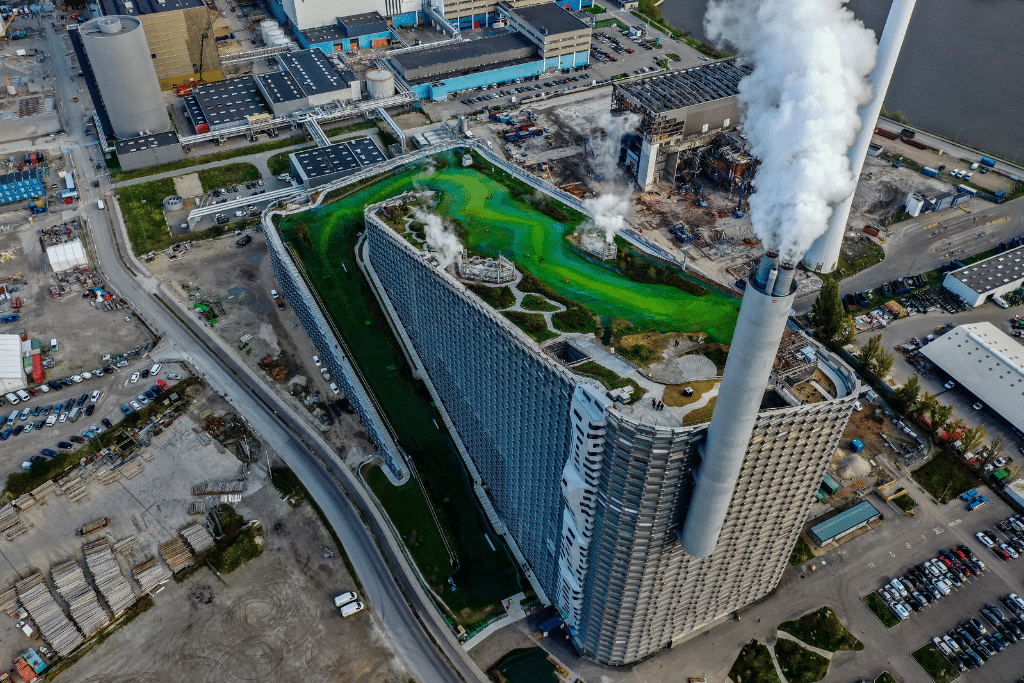
Q: In your opinion, is it possible to survive on the MICE market long-term by focusing on sustainable development?
In my opinion, sustainability is a hygiene factor, and it is not possible to survive without it. Sustainability will, in other words, become a prerequisite for business. Moreover, it is our obligation to build and share thoughts and tips on future regenerative, resilient, and responsible event planning with the outside world, and to create a lasting positive impact.
Q: The approach towards sustainable development is tightly linked with a country’s values, and Denmark is among the leading countries in this segment. What is your take on sustainable development?
To put it short: It moves too slow.
Q: Where are the limits of development for the meetings industry? How do you see the situation after the corona crisis?
There are quite a few challenges. Firstly, we need to take a more holistic approach to meetings, as in the future, to a large extent, there will be a match between destination values and the purpose of a specific meeting or event, just to make it worthwhile going at all. Secondly, people will be more reluctant to travel, and every trip needs to make sense and create proper value, just to name a few.
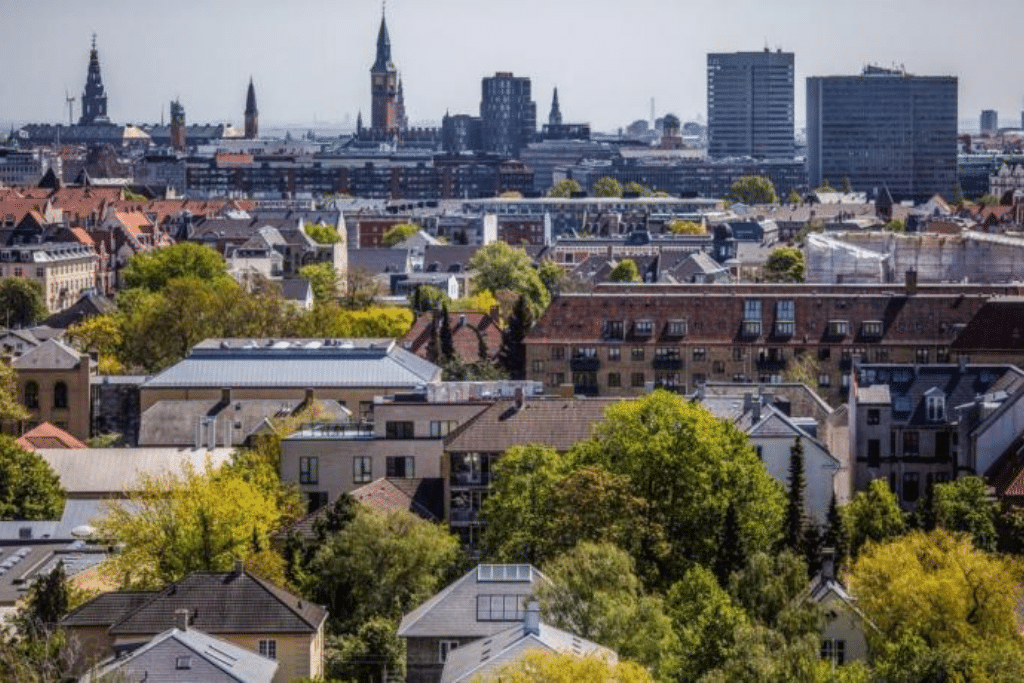
Q: What does the ideal sustainable MICE destination look like, in your opinion?
It is a conscious destination that dares to ‘walk the talk’ and keeps challenging itself to become better and better at finding sustainable solutions. It is also a destination where there is a clear match between political and private and public stakeholders’ ambitions. And finally, it is a destination, which has visitors leaving with a more sustainable mindset than they had upon arrival.



